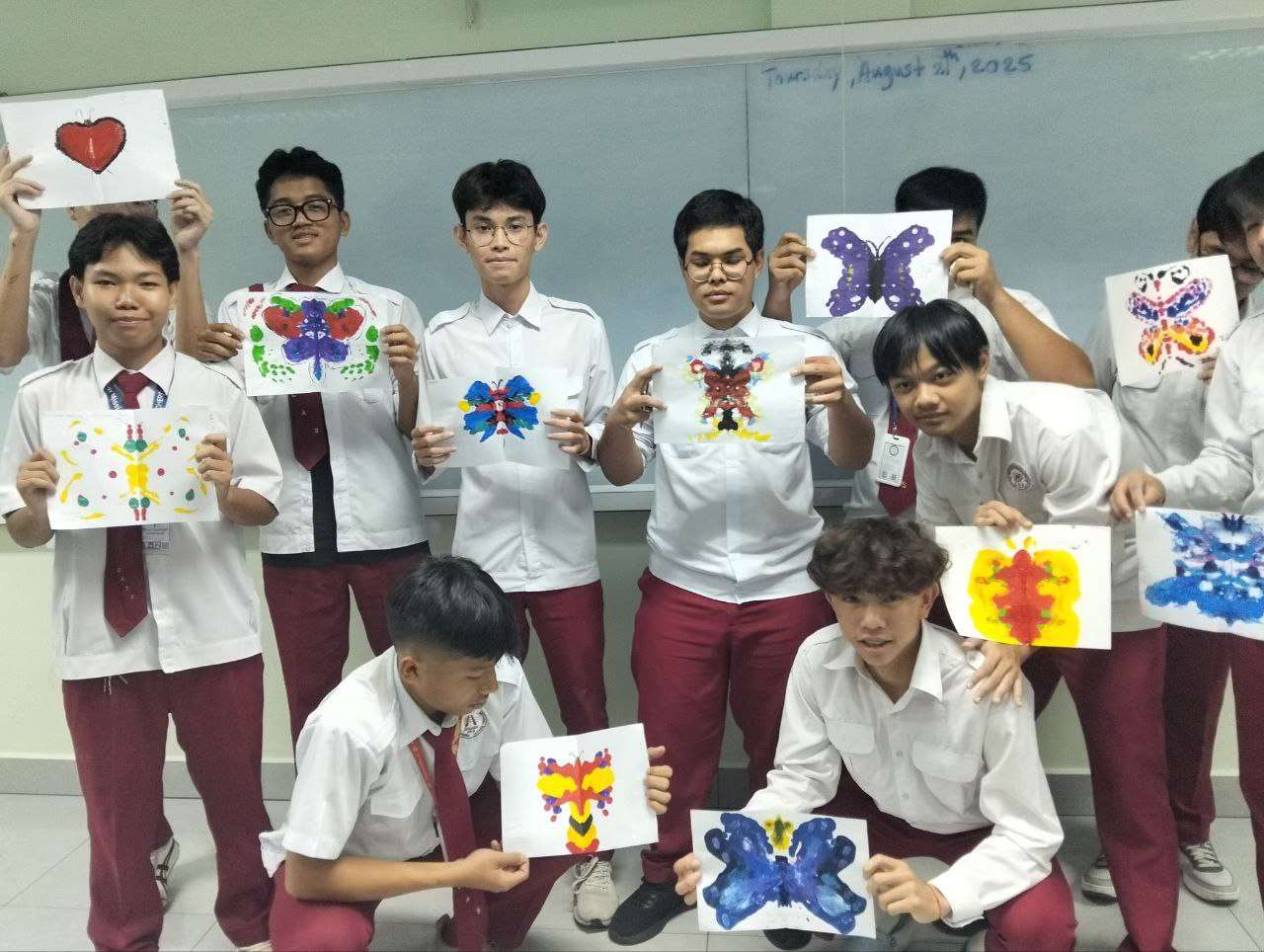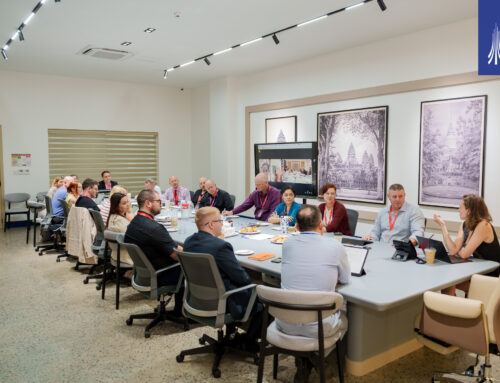Art has always been a gateway for students to discover new ways of expressing themselves. At Cambodia Adventist International School, a recent Visual Arts in Action project gave Grade 10 students the chance to dive into the world of color mixing through an engaging lesson titled Color Mixing – Mirror and Wheels. Guided by teacher Dina Nang, the students experimented with primary and secondary colors to bring out their creativity and teamwork.
A Creative Approach to Learning
The lesson, Exploring the Magic of Color Mixing Through Art, centered around the smear press butterfly technique. By folding paper and applying vibrant colors, students created butterfly-shaped artworks that symbolized transformation, growth, and imagination. This activity not only highlighted the beauty of symmetry but also encouraged students to think beyond the canvas.
Such interactive techniques are powerful tools in education. They allow learners to apply theoretical knowledge—like color theory—in a practical, enjoyable way. For many students, these artistic exercises become memorable steppingstones in their academic journey.
Developing Skills Beyond the Classroom
The butterfly project went beyond art-making. Students were challenged to mirror the butterfly’s symbolic journey from a hidden form to radiant flight. This process encouraged them to reflect on personal growth, resilience, and collaboration. Through teamwork, they learned how individual creativity contributes to a shared outcome.
Art education at Cambodia Adventist International School is designed not only to teach skills but also to nurture confidence, communication, and peer support. Such lessons help prepare students for the complexities of real-world problem-solving, where collaboration and creativity go hand in hand.
Color Mixing: A Blend of Science and Art
Color mixing lessons are not only about aesthetics; they also connect with science. Students discovered how primary colors combine to form secondary ones and how the balance of hues creates harmony or contrast. This scientific aspect of art makes learning more holistic, showing learners that disciplines are often interconnected.
By integrating this knowledge, students gained a deeper appreciation of how art can influence emotions, perspectives, and cultural expression. For many, this was more than a class project—it was a journey into understanding how creativity can reflect life itself.
Encouraging Lifelong Creativity
The experience highlighted how visual arts can open doors to critical thinking and innovative exploration. By working with colors and forms, students discovered their unique creative voices while also learning how to appreciate the artistic expressions of others.
For Cambodia Adventist International School, this activity reflects its broader vision of shaping well-rounded individuals. By investing in creative education, the school ensures that students not only excel academically but also develop the emotional intelligence and imagination needed in today’s interconnected world.
Conclusion
The butterfly art project at Cambodia Adventist International School stands as a vibrant example of how color mixing and creativity inspire young learners. Through art, students were able to explore new skills, strengthen peer collaboration, and gain confidence in expressing themselves. Such initiatives remind us that education is most powerful when it blends knowledge with creativity and culture.
If the information about the school is not accurate and insufficient Contact us
Do you want to register your school, Click Here








Leave A Comment